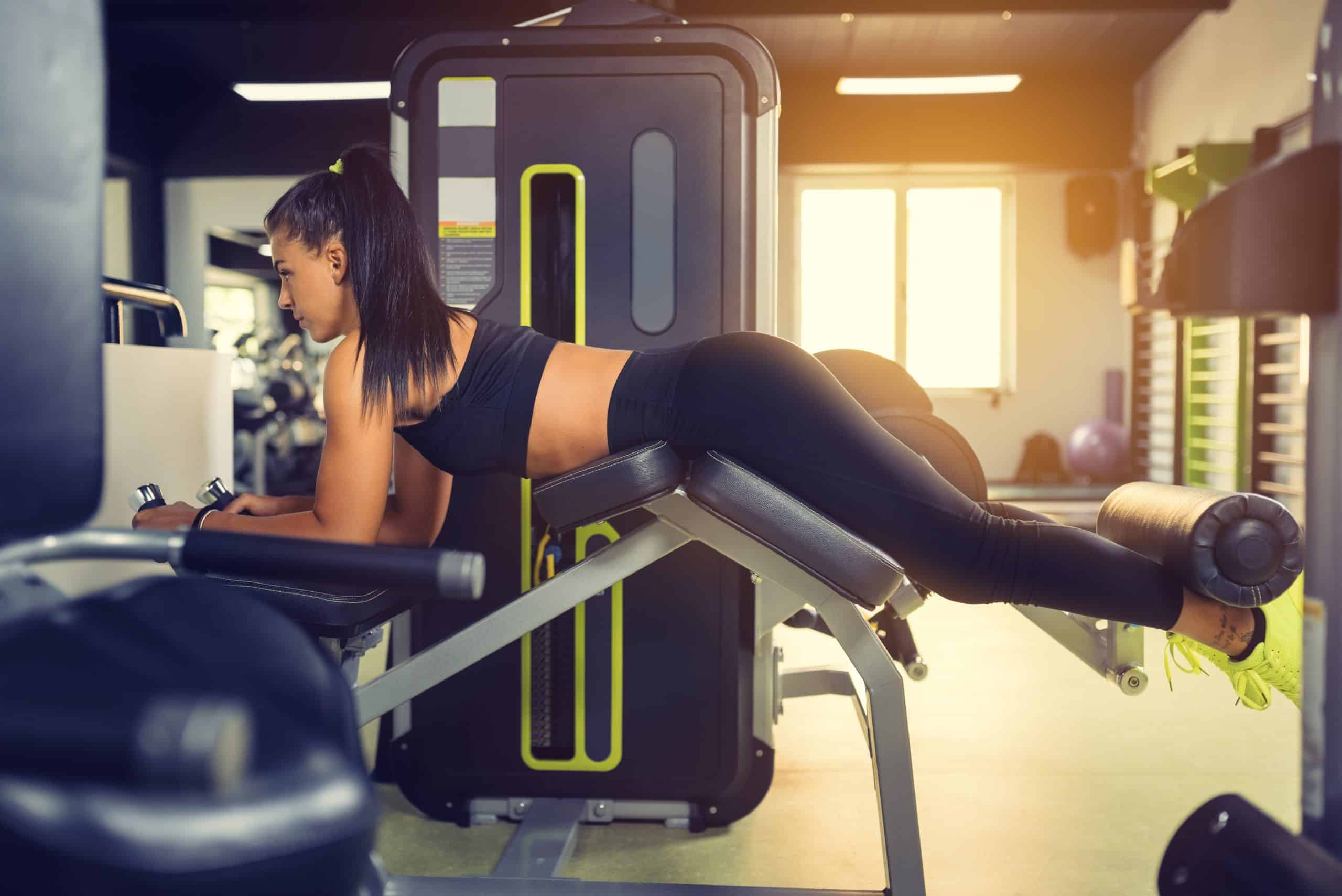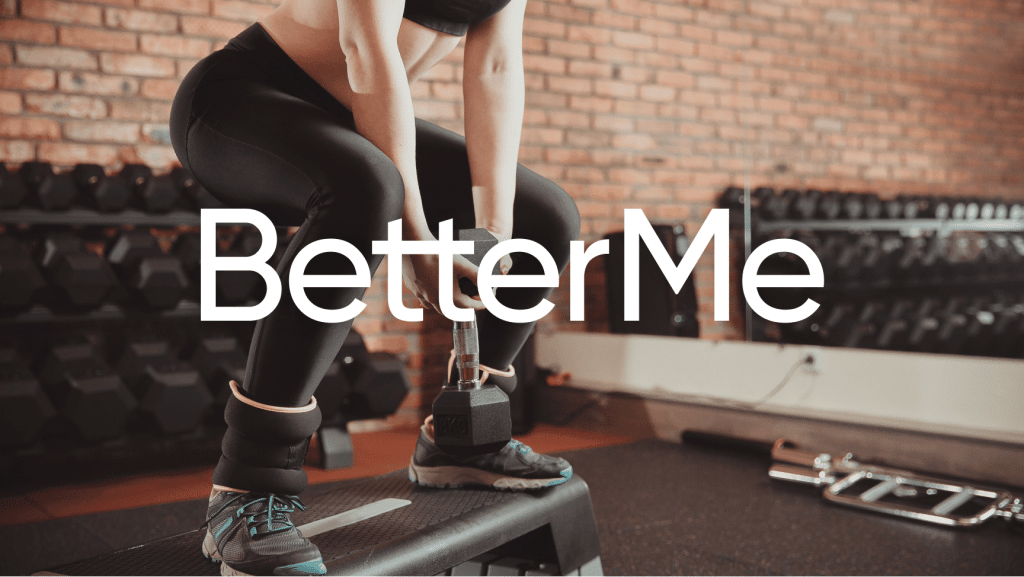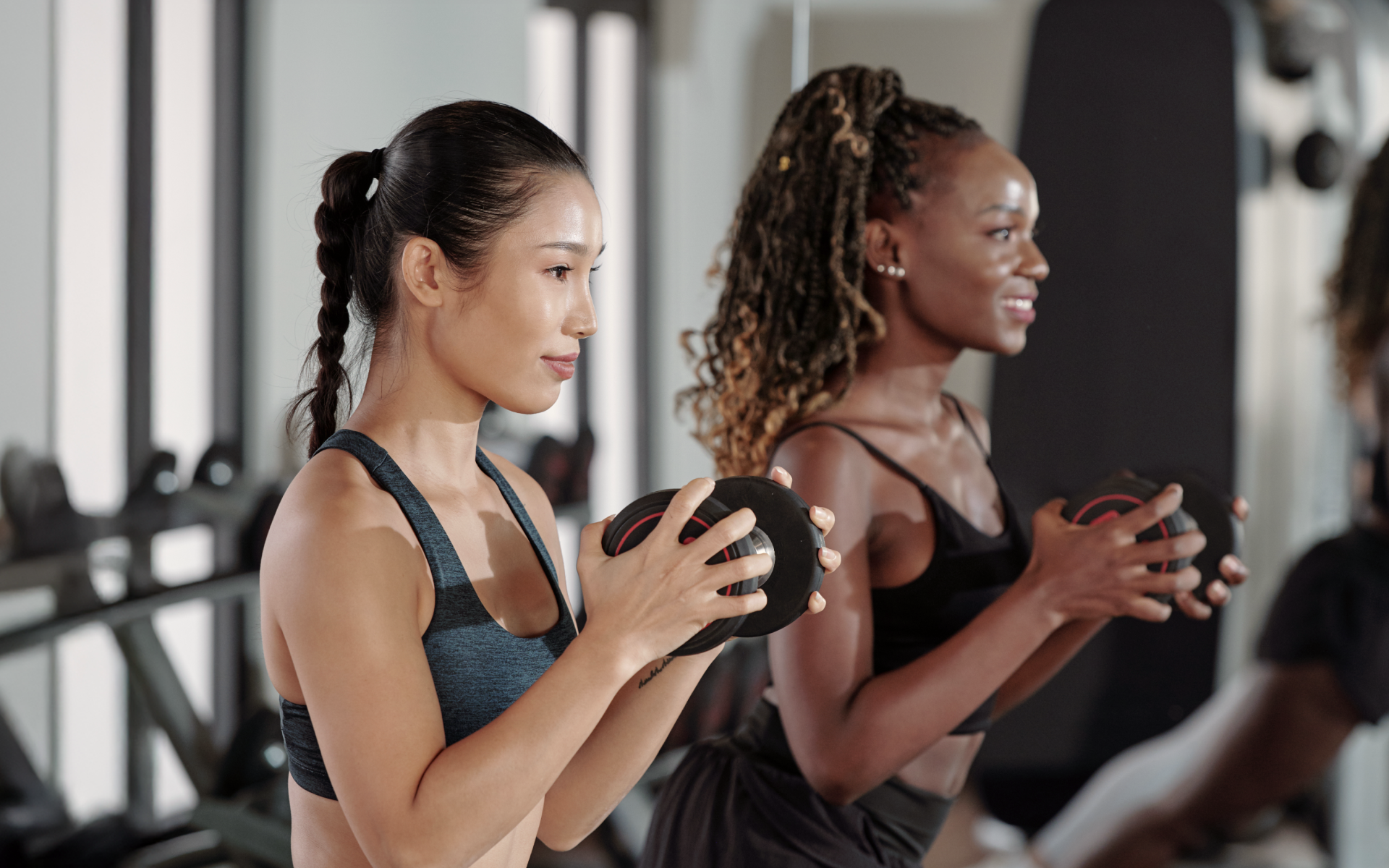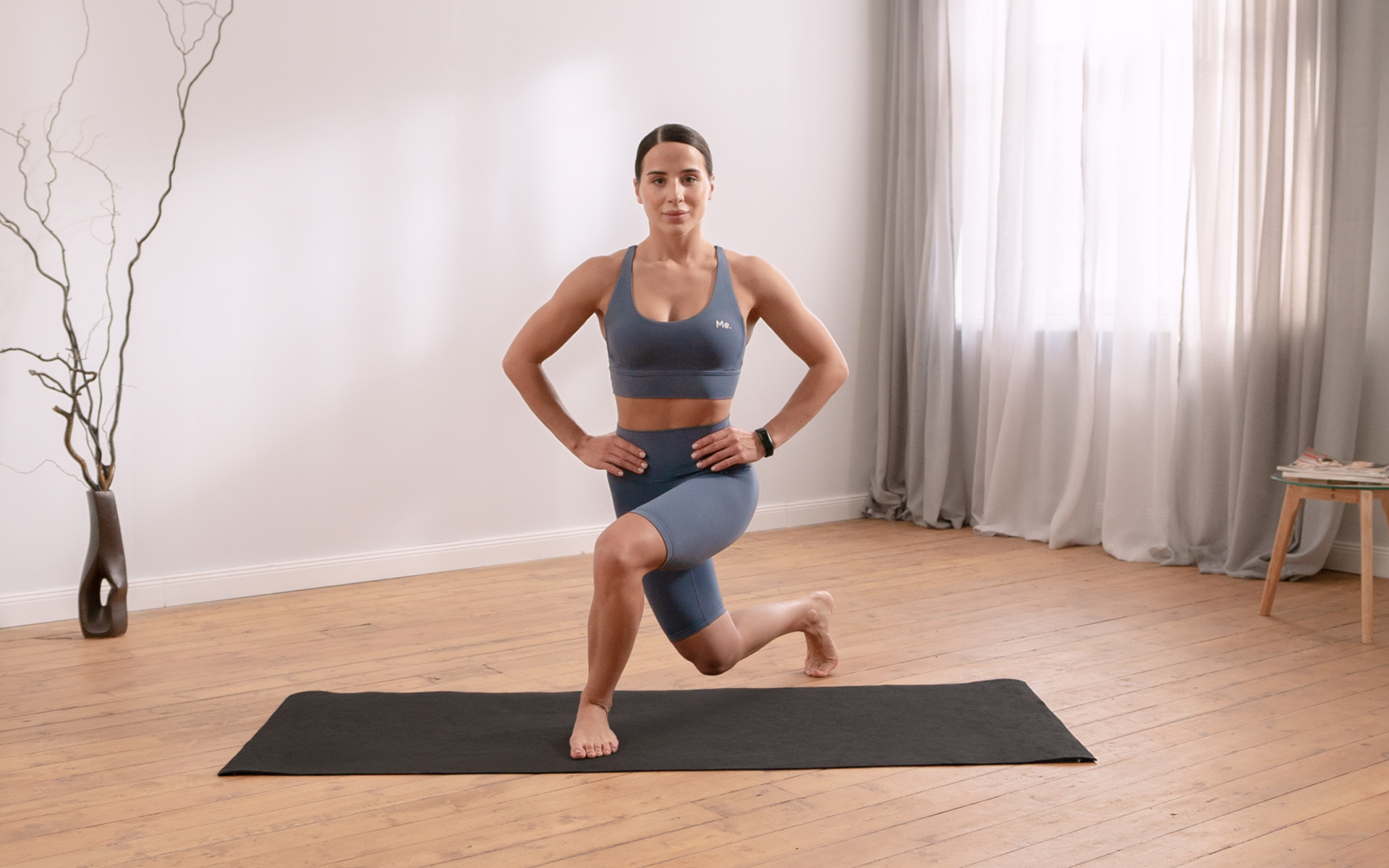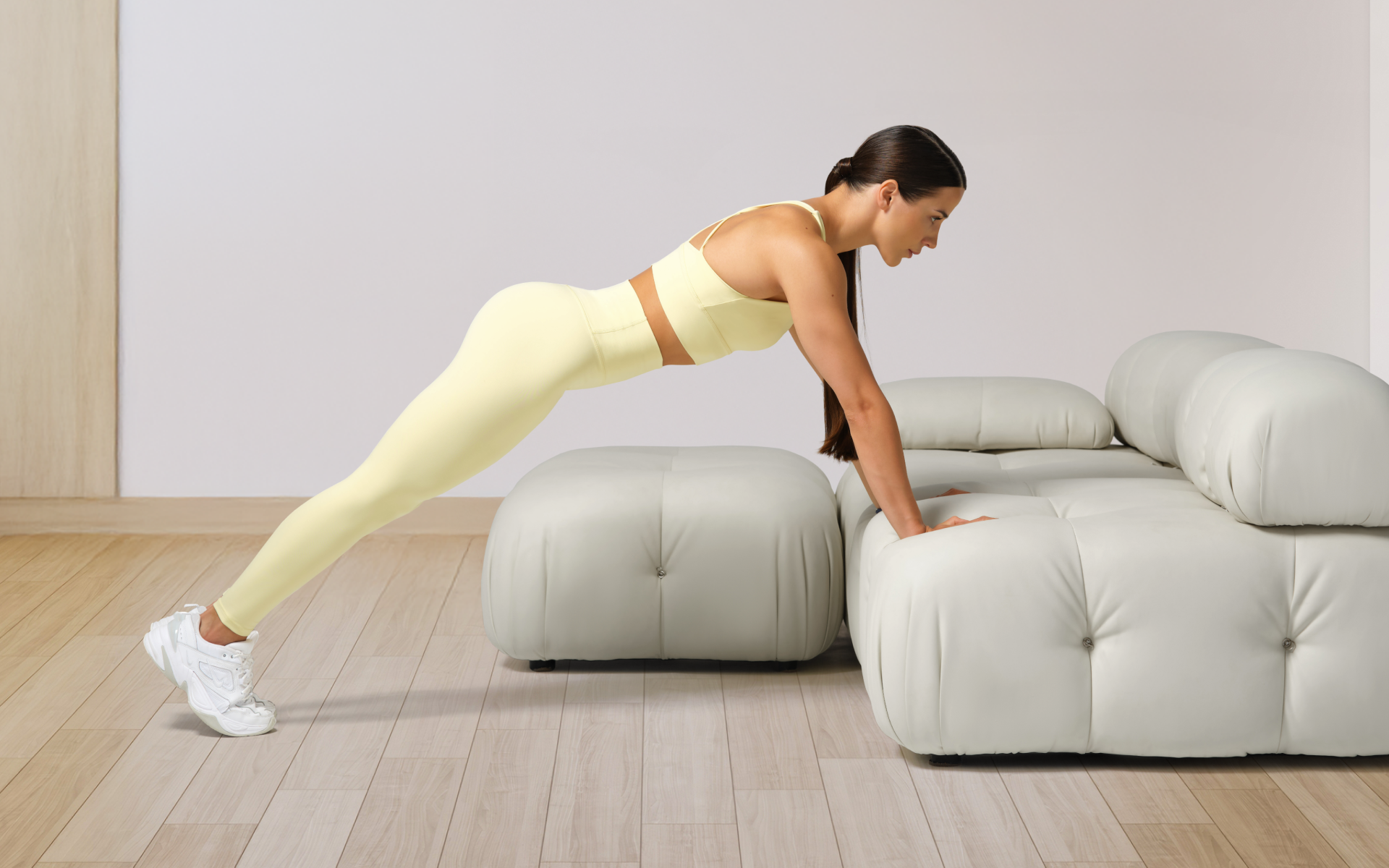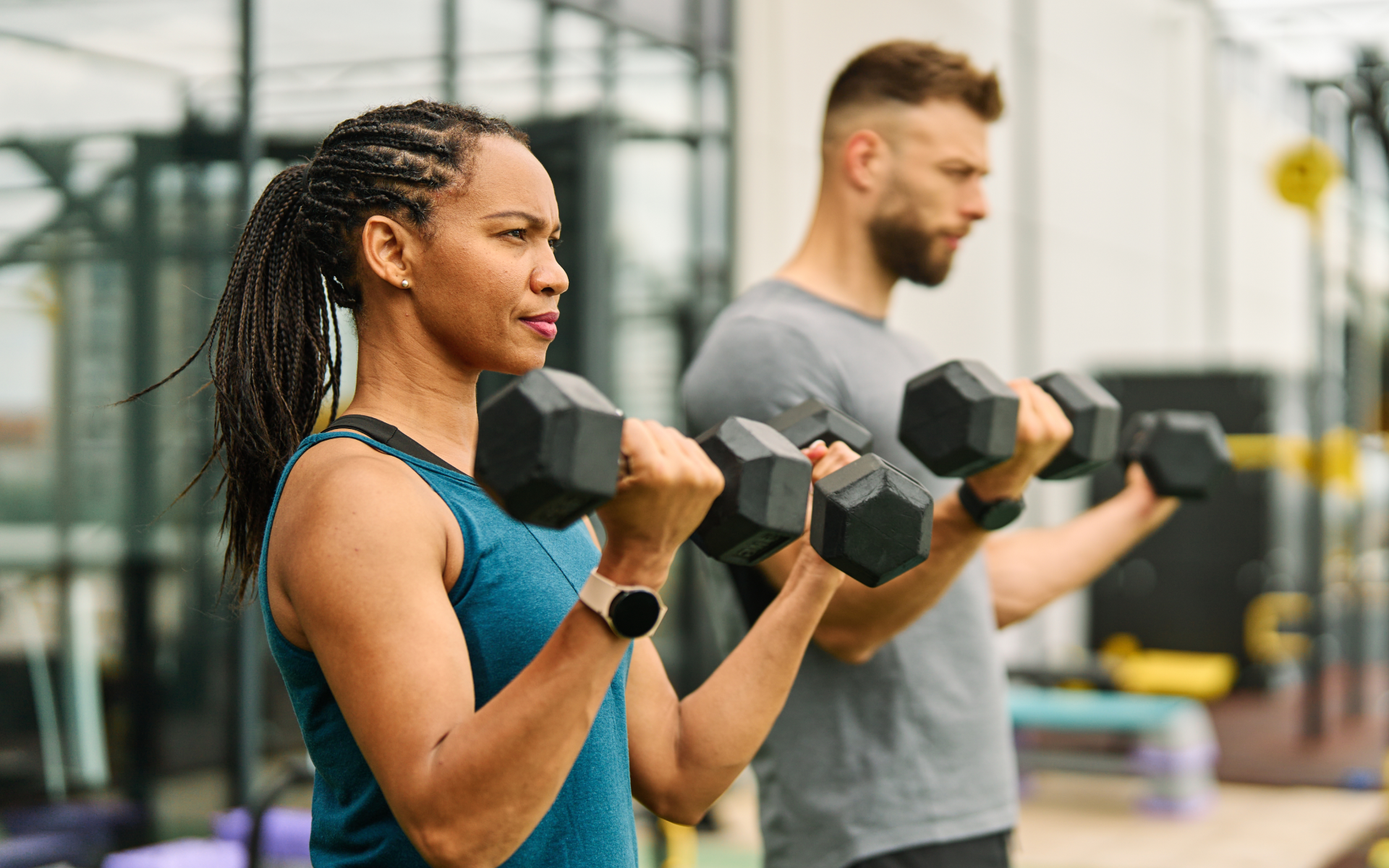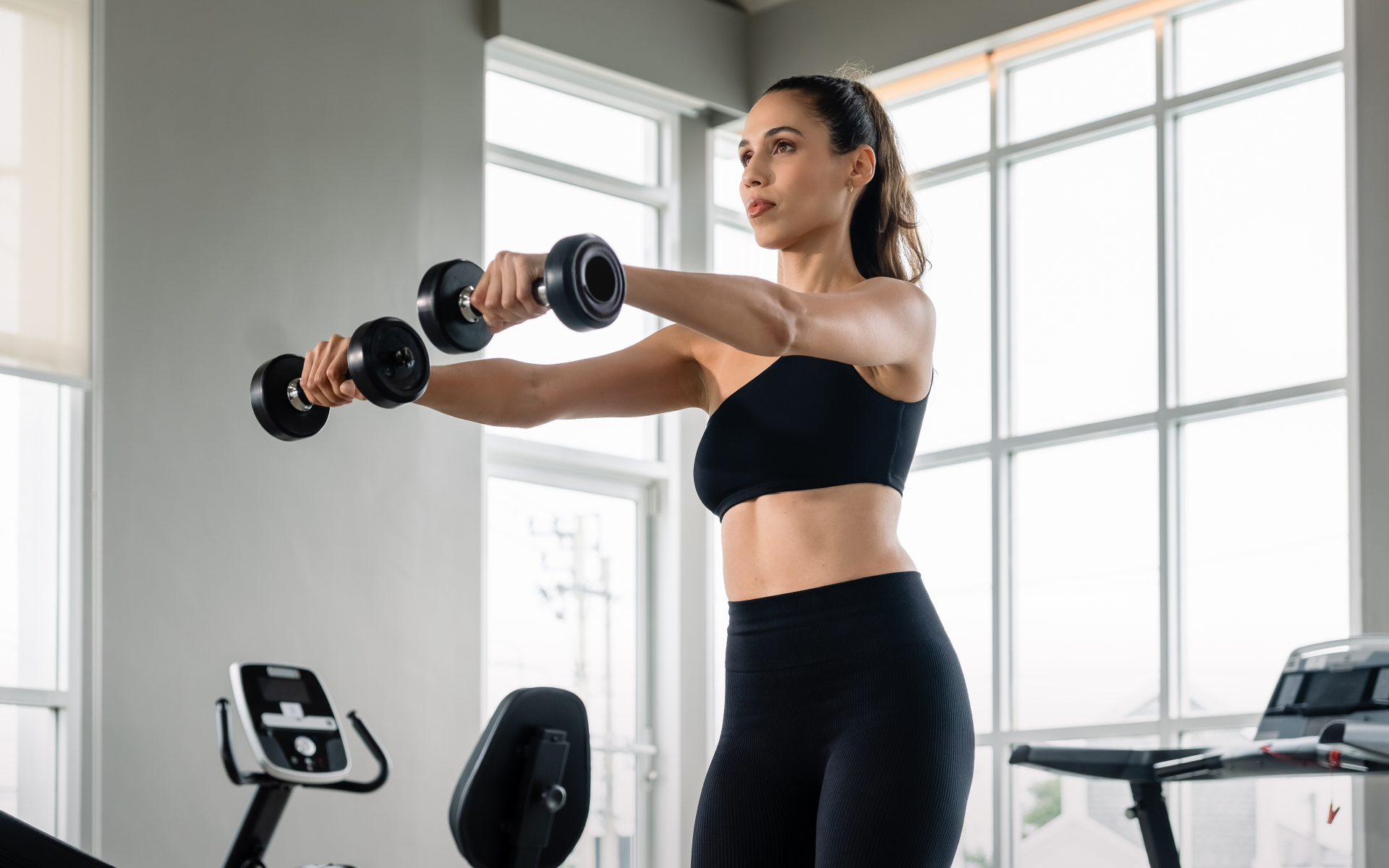Building strong legs at the gym can be as simple as hopping onto a hamstring curl machine. You’ll just need to lie down, adjust the weights, and pull your heels towards your buttocks. Before you know it, you’ll be feeling the burn in your hamstrings.
But what happens when you can’t make it to the gym or when this exercise just doesn’t fit into your routine? Does it mean you have to compromise on your leg day? Absolutely not! There are plenty of ways to work those hamstrings without the need for a machine or any equipment, for that matter. By leveraging your body weight and focusing on the right movements, you can give your hamstrings a thorough workout right in the comfort of your own home.
And if you’re thinking these exercises won’t be as effective, prepare to be surprised.
How Can I Do Hamstring Curls Without a Machine?
Hamstring curls typically target the muscles at the back of your thigh by mimicking the natural movement of the hamstrings – bending the knee and pulling the heel towards the buttocks. That said, how can you replicate this without a machine? There are several exercises that can effectively engage your hamstrings using only your body weight or common household items.
These exercises use a variety of movements, such as hip hinges, leg lifts, and bridges, which not only target your hamstrings but also work your glutes and lower back for a comprehensive lower body workout. Let’s take a closer look at these hamstring curl alternatives, providing step-by-step instructions for each one.
BetterMe App helps you achieve your body goals with ease and efficiency by helping to choose proper meal plans and effective workouts. Start using our app and you will see good results in a short time.
Can You Do Hamstring Curls Without Weights?
Yes, you can. Bodyweight hamstring curls can target the muscles at the back of your thigh for an efficient workout. The standing hamstring curl mimics the motion of a traditional hamstring curl machine but uses your body weight for resistance instead.
Here’s how to perform standing bodyweight hamstring curls:
- Stand upright: Begin by standing tall with your feet hip-width apart. Your arms should be at your sides, and you can hold onto a wall or chair for balance if needed.
- Raise one foot: Keeping your thighs aligned, bend one knee and lift your foot off the floor behind you. The goal is to bring your heel as close to your buttocks as possible.
- Perform the curl: Slowly lower your foot back down, but don’t let it touch the floor. This is one rep.
- Core engagement: Remember to keep your core engaged throughout the exercise, and don’t rush. The slower you go, the more control you’ll have, and the harder your muscles will have to work.
- Switch legs: Repeat the same movement on the other leg.
- Number of reps: Aim for 10-15 reps on each leg for 3-4 sets.
How To Do Hamstring Curls With Free Weights?
Hamstring curls with free weights, specifically dumbbells, can be an effective way to strengthen your hamstrings. Here’s a step-by-step guide on how to do these lying hamstring curls at home with dumbbells:
- Set up: Start by placing a dumbbell on the floor where your feet would be once you’re lying face down on a bench.
Elevate a flat bench on a step or block for a better range of motion. If you don’t have a bench, you can also do this exercise on the floor. Place the dumbbell on the floor where your feet would be once you’re lying face down on a bench.
- Position yourself: Lie face down on the bench with your knees at the edge. Carefully position your feet around the dumbbell and secure it between your feet.
- Perform the curl: Keeping your upper body and hips in contact with the bench (or floor), bend at the knees, and slowly curl the dumbbell up towards your buttocks. Raise the dumbbell as far as comfortably possible or just past 90 degrees
- Lower the weight: Slowly lower the dumbbell back down, but don’t let it touch the floor before starting the next rep. This completes one rep.
- Number of reps: Aim to complete 3-4 sets of 10-15 reps each.
What Is Equivalent To Hamstring Curl?
Any exercise that targets the muscles at the back of your thighs is considered equivalent to hamstring curls.
Each of these exercises provides a great way to do hamstring curls at home with minimal equipment:
Nordic Curls
Nordic curls, also known as natural glute-ham raises, are a challenging yet rewarding hamstring curl alternative at home. They primarily target the hamstrings and also engage the glutes and lower back.
Steps to perform Nordic curls:
- Kneel on a soft surface.
- Have a partner hold your ankles or wedge them under a heavy piece of furniture.
- Slowly lower your body forward, keeping your hips straight and your body in line from head to knees.
- Go as far as you can while controlling the movement, then use your hands to push yourself back up.
- Aim for 5-10 reps for 3-4 sets.
Seated Hamstring Curl
Seated hamstring curls at home are a great seated leg curl alternative at home. They target the hamstrings and require only a resistance band as well as a sturdy chair.
Steps to perform seated hamstring curls:
- Sit on the edge of a sturdy chair with your feet flat on the floor.
- Loop a resistance band around your ankles.
- Lift one foot off the floor and pull your heel towards your buttocks, resisting the band.
- Slowly return your foot to the floor.
- Repeat with the other foot.
- Aim for 8-10 reps per leg for 3-4 sets.
Banded Prone Leg Curl
The banded leg curl is an effective lying leg curl alternative that can be performed at home. This exercise primarily targets the hamstrings and glutes.
Steps to perform banded prone leg curls:
- Securely attach a resistance band to a sturdy post or piece of furniture near the floor.
- Lie face down on a mat with your ankles close to where the band is attached. Loop the band around your ankles.
- Keeping your hips on the mat, bend your knees and curl your legs up towards your buttocks against the resistance of the band.
- Slowly extend your legs to return them back down to the starting position. This is one rep.
- Aim for 8-10 reps for 3-4 sets.
Read more:
Stiff-Legged Kettlebell Swings
Stiff-legged kettlebell swings are a standing hamstring curl alternative that requires a kettlebell. They work the hamstrings, glutes, and lower back.
Steps to perform stiff-legged kettlebell swings:
- Stand with your feet shoulder-width apart and hold a kettlebell in front of you with both hands.
- Keeping your legs straight but not locked, hinge at the hips and swing the kettlebell back between your legs.
- Swing the kettlebell forward up to chest level while thrusting your hips forward.
- Let the kettlebell swing back between your legs as you hinge at the hips.
- Keep your back straight and your core engaged throughout the movement.
- Repeat for 8-10 reps for 3-4 sets.
How To Do Hamstring Curls At Home The Safe Way
Performing hamstring curls at home can be a safe and effective way to target your lower body muscles. Here’s a detailed guide on how to do this exercise at home safely:
1. Warm Up
Start with a light warm-up to get your blood flowing and prepare your muscles for the workout (4). This could be a brisk walk, light jogging on the spot, or even dynamic stretching.
2. Choose Your Equipment
Depending on what you have available, you can use dumbbells, resistance bands or even a stability ball for hamstring curls at home. Make sure they are in good condition and provide the right level of resistance for your fitness level.
3. Correct Positioning
Regardless of the equipment used, proper positioning is key to performing hamstring curls safely. If you’re using a dumbbell, lie face down on a bench with your knees at the edge.
If you’re using a resistance band, you can do these seated or lying hamstring curls. When doing hamstring curls at home with a band, remember to check your band for any tears. For stability ball hamstring curls, lie on your back with your feet on the ball.
4. Controlled Movements
The key to effective and safe hamstring curls is controlled movements.
When curling, focus on contracting your hamstrings to lift the weight or resistance. Don’t rely on momentum to move the weight. Similarly, when lowering the weight, do so in a controlled manner. This not only ensures muscle engagement but also reduces the risk of injury.
5. Mindful Breathing
As with any exercise, proper breathing is crucial. Generally, you should exhale when you exert effort (like when you lift or curl the weight) and inhale as you return to the starting position.
6. Consistent Form
Maintain a consistent form throughout the exercise. Avoid lifting your hips off the bench or mat, as this can strain your back. Keep your core engaged to provide stability and support.
7. Cool Down
After your workout, take time to cool down with some gentle stretching. This helps reduce muscle tension and promotes recovery (2).
8. Regular Rest
Ensure that you rest your muscles adequately between workouts. Aim to train your hamstrings 2-3 times per week, allowing at least 48 hours of rest between sessions for recovery.
Frequently Asked Questions
Is It Bad to Not Train Hamstrings?
It’s not ideal to neglect your hamstrings during workouts. The hamstrings play a crucial role in many everyday movements like walking, running, and jumping (1).
Training them improves overall lower body strength, promotes balance between the front and back of your legs (quadriceps and hamstrings), and can help reduce the risk of injuries.
What Exercises Grow Hamstrings?
Exercises that can effectively grow hamstrings include hamstring curls, deadlifts, glute-ham raises, Nordic curls, and stiff-legged kettlebell swings. Remember, progressive overload (gradually increasing the weight, repetitions, or sets) is essential for muscle growth (3).
Do Squats Work Hamstrings?
Squats primarily target the quadriceps, and they also engage the hamstrings, especially when performed with proper form. Squats become more hamstring-dominant when you adopt a low-bar position, increase your hip hinge, or use a wider stance.
Why Are Hamstrings Hard to Grow?
Hamstrings can be hard to grow for several reasons. They’re made up of a high percentage of fast-twitch muscle fibers, which can be more challenging to stimulate and may require a significant amount of stress to grow (5). So, when starting your training at a lower weight, it might take a while to see progress.
Also, people often focus more on their quadriceps, leading to an imbalance.
Additionally, hamstrings are engaged in many daily activities, making them tougher and more resistant to additional stress. It’s important to train them with targeted, intense exercises to promote growth.
The Bottom Line
Hamstring curls can actually be done at home with no or minimal equipment. Banded prone leg curls, glute-ham bridges and stiff-legged kettlebell swings are excellent alternatives to regular hamstring curls. When doing them at home, be sure to use proper form and techniques for safety.
DISCLAIMER:
This article is intended for general informational purposes only and does not serve to address individual circumstances. It is not a substitute for professional advice or help and should not be relied on for making any kind of decision-making. Any action taken as a direct or indirect result of the information in this article is entirely at your own risk and is your sole responsibility.
BetterMe, its content staff, and its medical advisors accept no responsibility for inaccuracies, errors, misstatements, inconsistencies, or omissions and specifically disclaim any liability, loss or risk, personal, professional or otherwise, which may be incurred as a consequence, directly or indirectly, of the use and/or application of any content.
You should always seek the advice of your physician or other qualified health provider with any questions you may have regarding a medical condition or your specific situation. Never disregard professional medical advice or delay seeking it because of BetterMe content. If you suspect or think you may have a medical emergency, call your doctor.
SOURCES:
- Anatomy, Bony Pelvis and Lower Limb, Hamstring Muscle (2023, ncbi.nlm.nih.gov)
- Do We Need a Cool-Down After Exercise? A Narrative Review of the Psychophysiological Effects and the Effects on Performance, Injuries and the Long-Term Adaptive Response (2018, link.springer.com)
- Progressive overload without progressing load? The effects of load or repetition progression on muscular adaptations (2022, ncbi.nlm.nih.gov)
- The effect of warm-ups with stretching on the isokinetic moments of collegiate men (2018, ncbi.nlm.nih.gov)
- The functional significance of hamstrings composition: is it really a “fast” muscle group? (2017, pubmed.ncbi.nlm.nih.gov)
